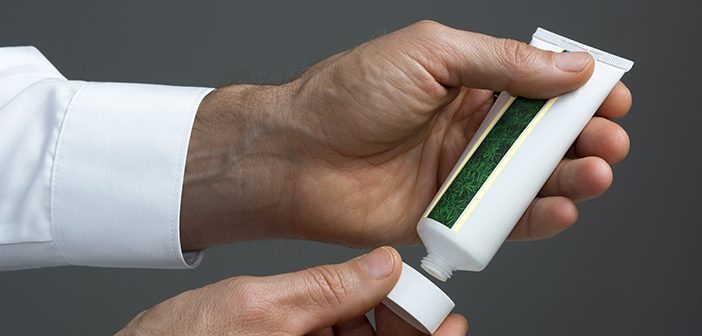In a clinical trial, a skin cream reduces squamous cell carcinoma risk.
New results from a clinical trial involving more than 900 military veterans at high risk for keratinocyte carcinoma skin cancer provides evidence that using the generic skin cream fluorouacil 5 percent for two to four weeks may reduce the risk of a squamous cell carcinoma (SCC) needing surgery by 75 percent within a year.
The finding that less than one month’s use of fluorouacil 5% (5-FU) appeared to prevent cancer for up to a year is encouraging, says lead author Martin A. Weinstock, MD, PhD, a professor of dermatology and chief of dermatology at the Providence Veterans Affairs Medical Center.
The dose is the same as dermatologists currently employ to treat actinic keratosis. In a 2015 study, Weinstock and co-authors showed the up to four-week regimen of 5-FU had a multi-year preventive benefit in reducing the number of actinic keratosis (AK) and the need for treatment. Earlier this year, they also showed that the medicine prevents new AKs from emerging for two to three years.
Meanwhile, current means for preventing new carcinomas in high-risk patients—sunscreen or oral medications—cease to work as soon as they are no longer used. But in the new study, in JAMA Dermatology, 5-FU appeared to provide prolonged protection after discontinuation and could be combined with sunscreen, Weinstock says.
In the absence of such a long-lasting prevention option, he says, the typical approach to caring for patients with a history of prior carcinomas is to monitor for the next cancer and then remove it surgically—an effective but imposing strategy often called “wait and cut.”
“People don’t appreciate having stuff cut on their face a lot,” saus Weinstock, who led the trial funded by the US Department of Veterans Affairs and conducted at a dozen VA hospitals around the country. “They do it if there is a cancer there, but we want to take a proactive approach where we can give them something to reduce their risk of getting new cancers.”
Continue reading here.




